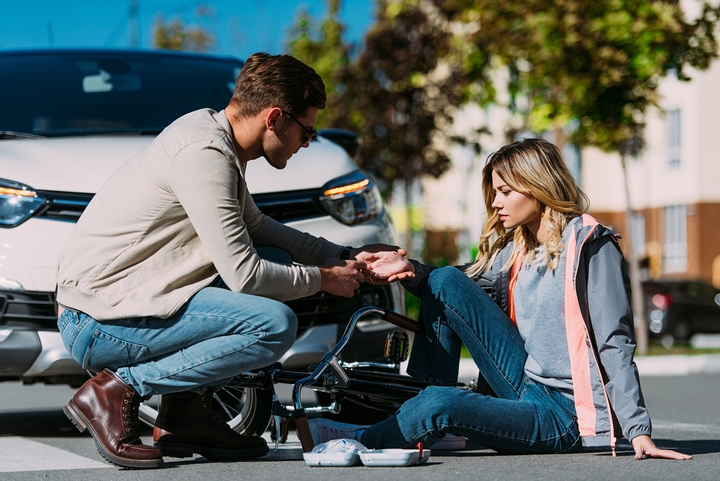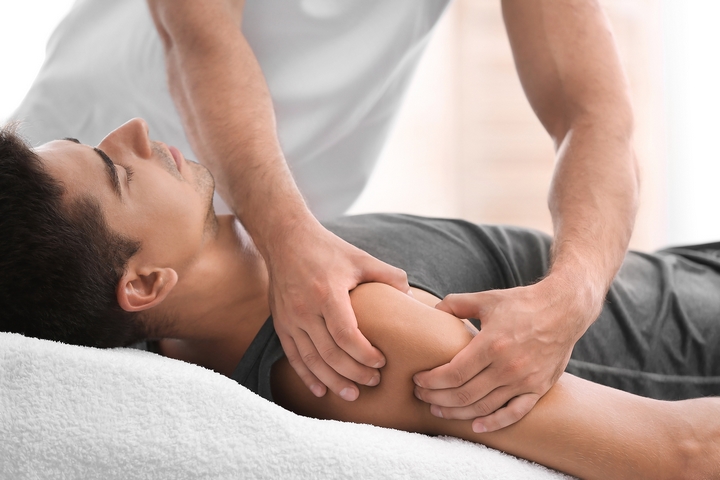As great as it is to have the freedom to travel by car, it comes with the risk of injury. Driving at any speed and coming into contact with another object, like a vehicle, can produce an injury from minor to severe. Then you have to deal with pain and suffering, potential loss of income, and quality of life.
Car accident injuries often happen to the lower extremities, ranging from the thigh, knee, lower leg and foot. If you have suffered leg trauma, seeking medical attention for relief and healing is important. Not sure what to do? Here is how to treat leg injuries from a car accident.
Types of Leg Injuries
The leg is a collection of tissues, muscles, joints, nerves and bones, working harmoniously to produce skeletal moments and diverse functions. Here are some of the types of injuries sustained in a car accident.
Severe Bruising
Sustaining severe bruising from a car accident happens because of crushing the muscle fibres and connective tissues without the skin breaking. Discolouration and swelling typically follow, as well as pain and weakness in the affected and surrounding areas, and sometimes there may also be deep-seated vein damage that can cause a blood clot.
Laceration
This is a skin wound, commonly known as a cut, but n, it is typically dee when referred to as a lacerationper. Depending on where you get cut, it can be minor and require sutures to stitch up the wound, to major, where the femoral artery is cut and requires immediate surgery as this is the main blood vessel supplying the lower body.
Broken Bones
To break a bone in the leg, you need quite a bit of force, but if your bones are already weakened, it can happen more easily. Ultimately, if the force of an accident is greater than what the bone can withstand, it will break.
Simple fractures heal pretty fast, but worse injuries like crushed bones require surgery with the insertion and connection of plates and rods to maintain structure. Complications from broken bones include:
- Swelling
- Infection
- Ankle pain
- Arthritis
- Blood vessel damage
- Disability
ACL Injury
Two ligaments run across the middle of your knee, connecting your shin bone to your thigh bone to stabilize the knee joint. Your ACL can be sprained or torn during a car accident, causing severe pain and mobility. Depending on the severity, surgery is often needed to repair it, and rehabilitation is required to help lessen the chance of long-term complications.
Other leg injuries include:
- Soft tissue
- Knee fractures
- Ruptured tendons
- Twisted ligaments
- Dislocated knees
- Amputations
1. Treatment
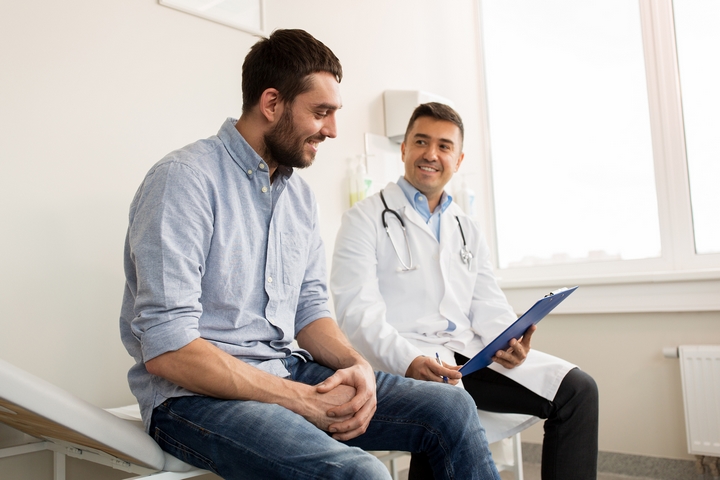
For leg injuries varies and starts with a visit to your doctor or the emergency room following an accident. After acute care, you will have several options or recommendations for treatment. You may be eligible for compensation to cover your treatments. Consult a personal injury lawyer Pickering to assess whether you have a case.
2. Medication
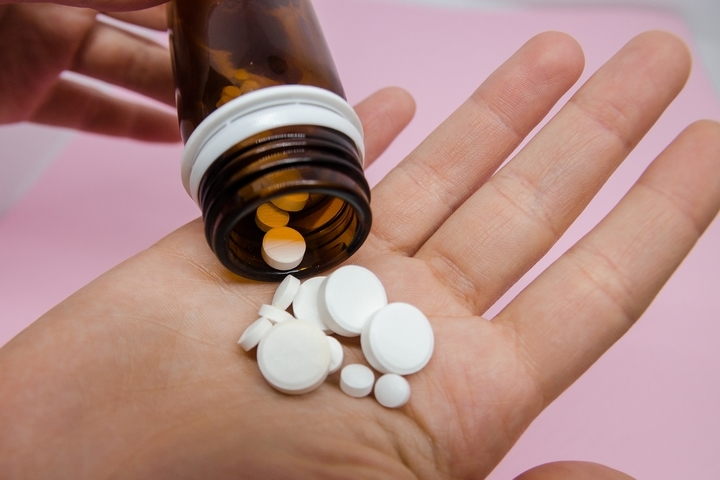
Your emergency room doctor or family doctor will prescribe prescription medication for pain and infection and suggestions for over-the-counter medication.
3. Hospitalization
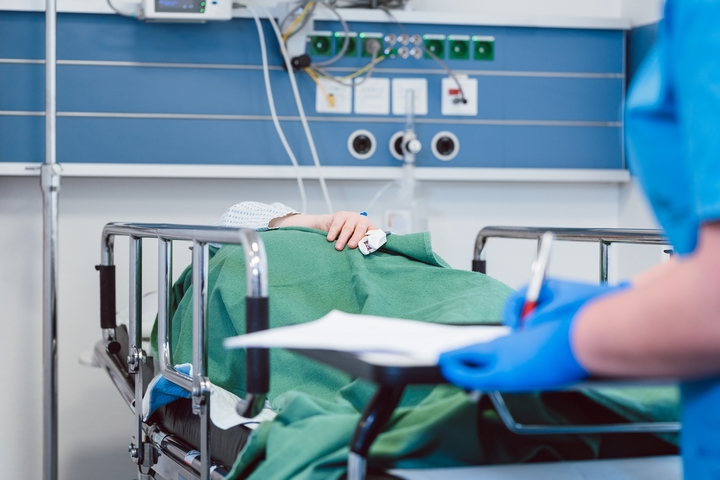
If your injury is severe enough to necessitate medical supervision, you may be admitted to the hospital for a brief or extended stay. This is to perform tests and get your injuries stable enough to go home.
4. Rehabilitation
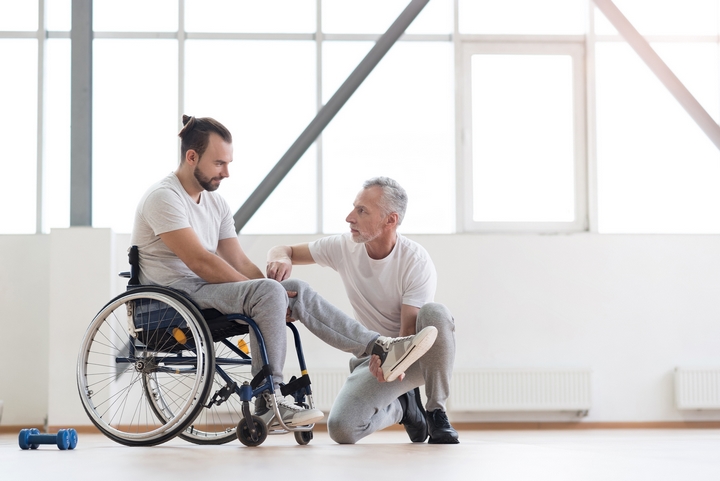
Sometimes, an injured person needs rehabilitate care to regain control of physical function. This can be on a full-time, in-house basis or as an outpatient, where you regularly come for targeted physical or occupational therapy treatment.
5. Physiotherapy
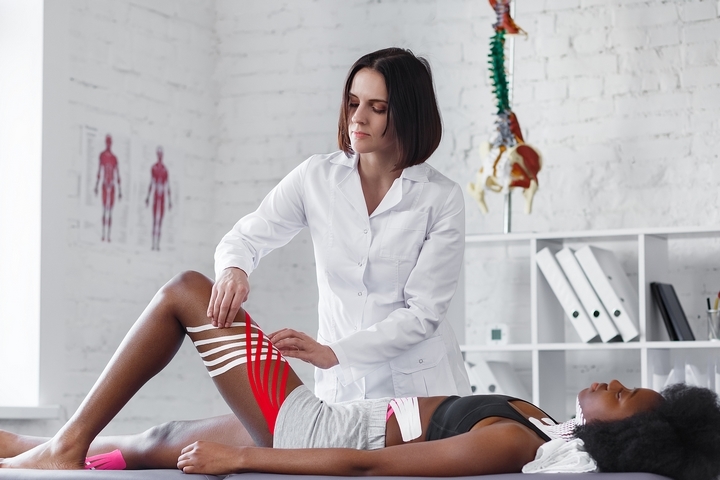
A variety of treatments that are non-surgical and without drugs to restore strength, function and movement. These professionals use techniques like:
- Soft tissue manipulation
- Range of motion exercises
- Kinesio taping
- Electrotherapy
- Therapeutic ultrasound
- Heat therapy
6. Chiropractic Care
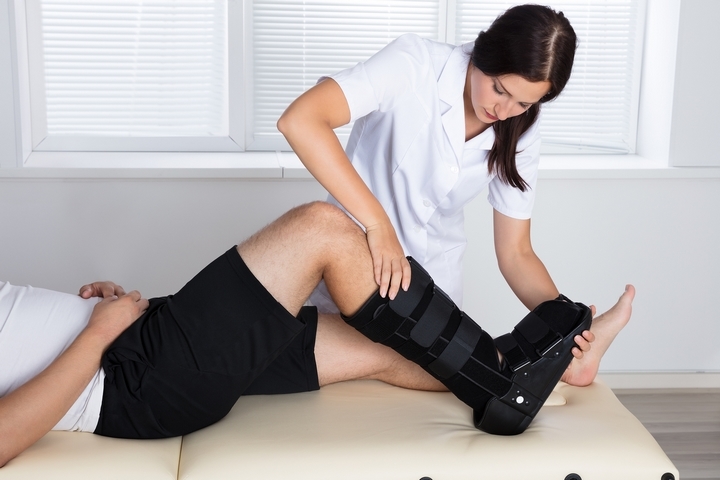
Car accidents, including the legs, put body parts out of alignment. Visiting a chiropractor is an effective method of restoration, and they work to make adjustments using the manipulation of joints and bones. They also implement soft tissue massage, exercise routines and lifestyle changes to positively impact injuries you have sustained.
7. Massage Therapy
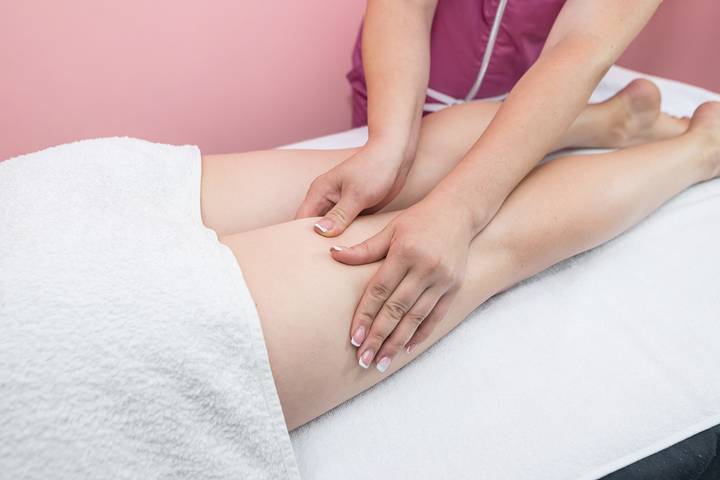
Massage is extremely successful at treating injuries, and it helps relieve muscle tension, reduce swelling and increase circulation. There is also increased flexibility gained and the promotion of faster healing with massage.
8. Acupuncture
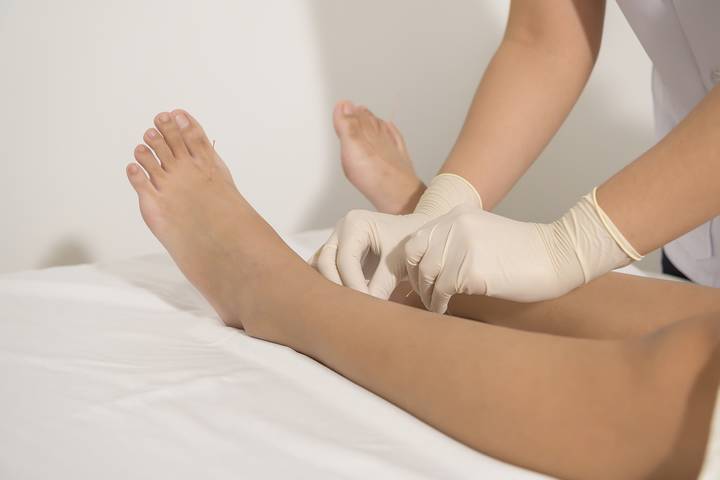
The practice of acupuncture stimulates the central nervous system and releases a chemical into the spinal cord and muscles to prompt the body’s natural healing capabilities. This promotes physical and emotional well-being by relieving pain, decreasing inflammation and facilitating blood circulation.
Nobody wants to have an injury from a car accident, especially your legs, as this immediately restricts the freedom of movement. Use this as a guide to understanding the types of leg injuries you can sustain and the treatments available. This will empower you to get the care you need to get your life back after a car accident.

